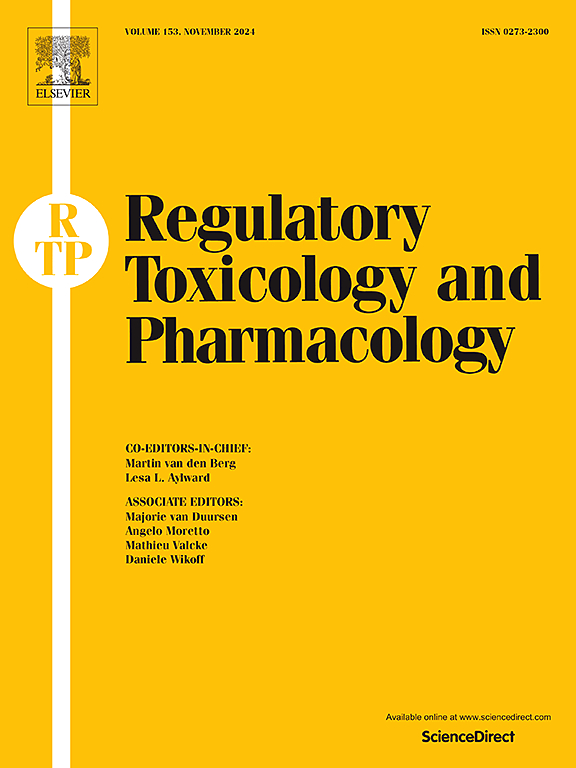Rivastigmine as an Alternative in Physostigmine Shortage for Anticholinergic Toxicity Treatment.
IF 3
4区 医学
Q1 MEDICINE, LEGAL
引用次数: 0
Abstract
Anticholinergic toxicity, a medical emergency characterized by symptoms such as dry mouth, blurred vision, severe delirium, and tachycardia, necessitates prompt and effective intervention. The traditional go-to treatment has been physostigmine, a reversible cholinesterase inhibitor known for its ability to cross the blood-brain barrier (BBB). However, the occasional scarcity of physostigmine has led healthcare professionals to consider alternative treatments, with rivastigmine emerging as a potential candidate (1). This article delves into the feasibility of using rivastigmine as a substitute, focusing on its ability to penetrate the brain and its effectiveness in managing anticholinergic toxicity.
利瓦斯他明作为一种替代药物用于抗胆碱能毒性治疗。
抗胆碱能中毒是一种以口干、视力模糊、严重谵妄和心动过速等症状为特征的医学紧急情况,需要及时有效的干预。传统的治疗方法是毒豆碱,这是一种可逆的胆碱酯酶抑制剂,以其穿越血脑屏障(BBB)的能力而闻名。然而,间或的药力不足导致医疗专业人员考虑替代治疗,而伐斯汀则是一种潜在的候选药物(1)。本文深入探讨了使用利瓦斯汀作为替代品的可行性,重点介绍了其穿透大脑的能力及其在抗胆碱能毒性管理方面的有效性。
本文章由计算机程序翻译,如有差异,请以英文原文为准。
求助全文
约1分钟内获得全文
求助全文
来源期刊
CiteScore
6.70
自引率
8.80%
发文量
147
审稿时长
58 days
期刊介绍:
Regulatory Toxicology and Pharmacology publishes peer reviewed articles that involve the generation, evaluation, and interpretation of experimental animal and human data that are of direct importance and relevance for regulatory authorities with respect to toxicological and pharmacological regulations in society. All peer-reviewed articles that are published should be devoted to improve the protection of human health and environment. Reviews and discussions are welcomed that address legal and/or regulatory decisions with respect to risk assessment and management of toxicological and pharmacological compounds on a scientific basis. It addresses an international readership of scientists, risk assessors and managers, and other professionals active in the field of human and environmental health.
Types of peer-reviewed articles published:
-Original research articles of relevance for regulatory aspects covering aspects including, but not limited to:
1.Factors influencing human sensitivity
2.Exposure science related to risk assessment
3.Alternative toxicological test methods
4.Frameworks for evaluation and integration of data in regulatory evaluations
5.Harmonization across regulatory agencies
6.Read-across methods and evaluations
-Contemporary Reviews on policy related Research issues
-Letters to the Editor
-Guest Editorials (by Invitation)

 求助内容:
求助内容: 应助结果提醒方式:
应助结果提醒方式:


